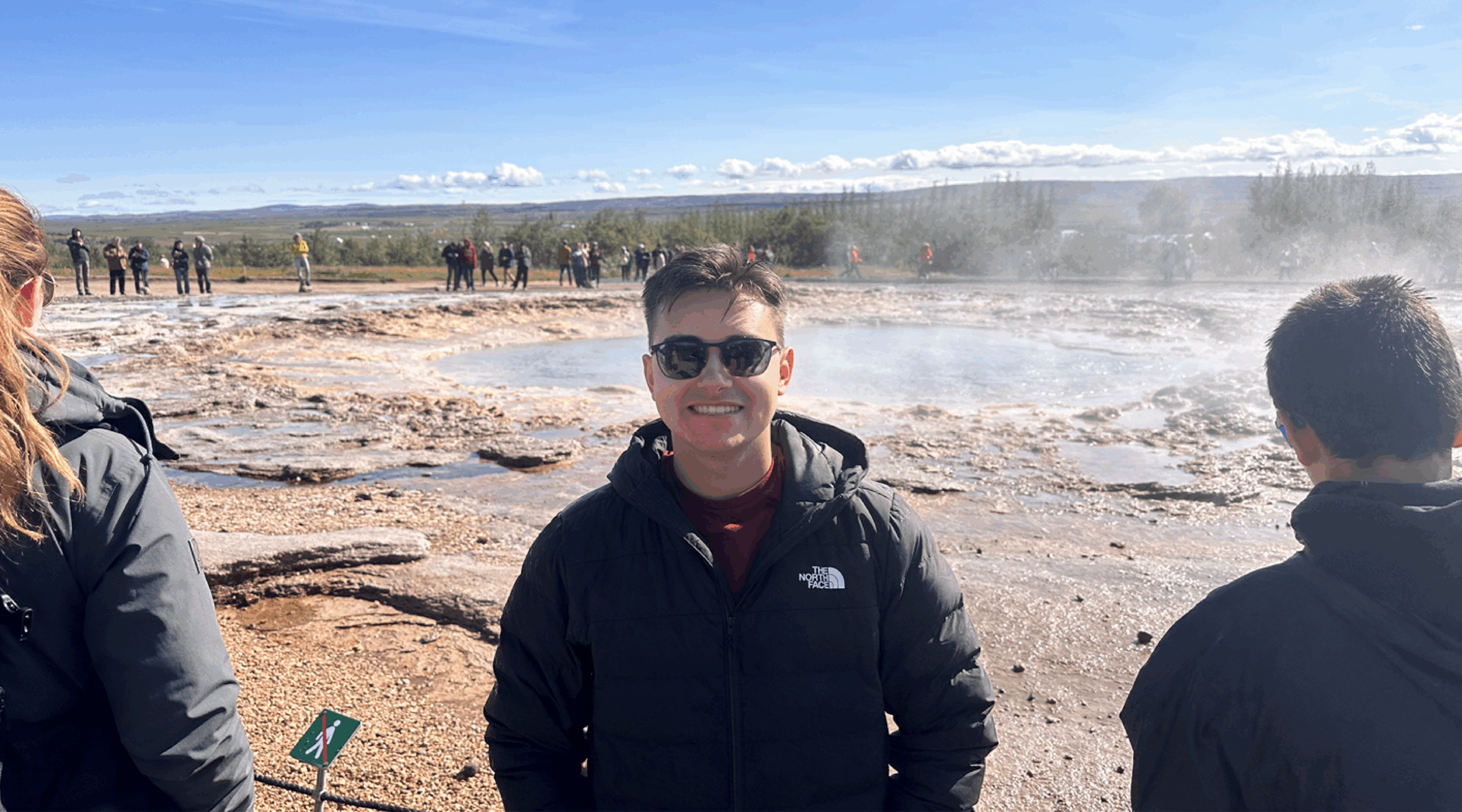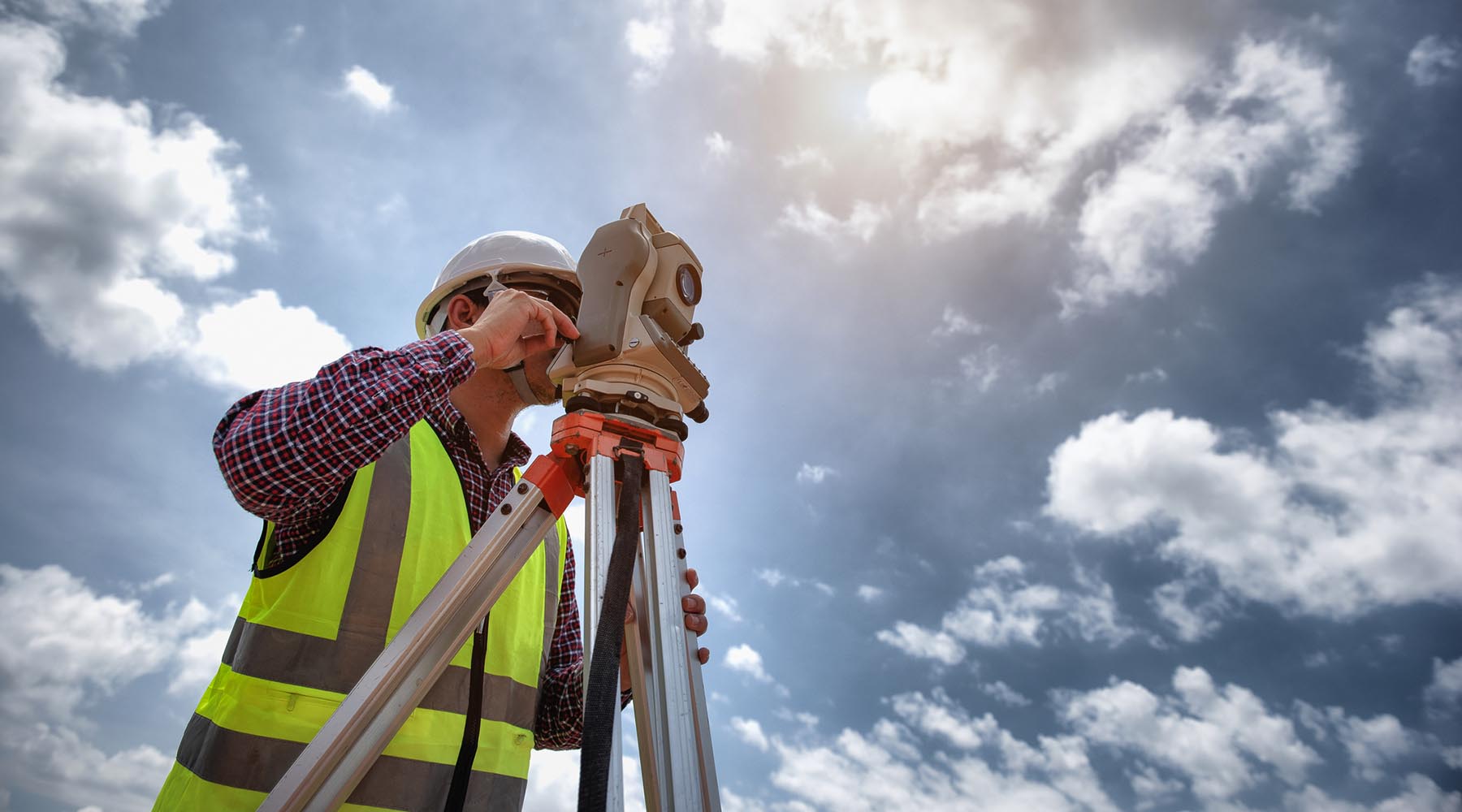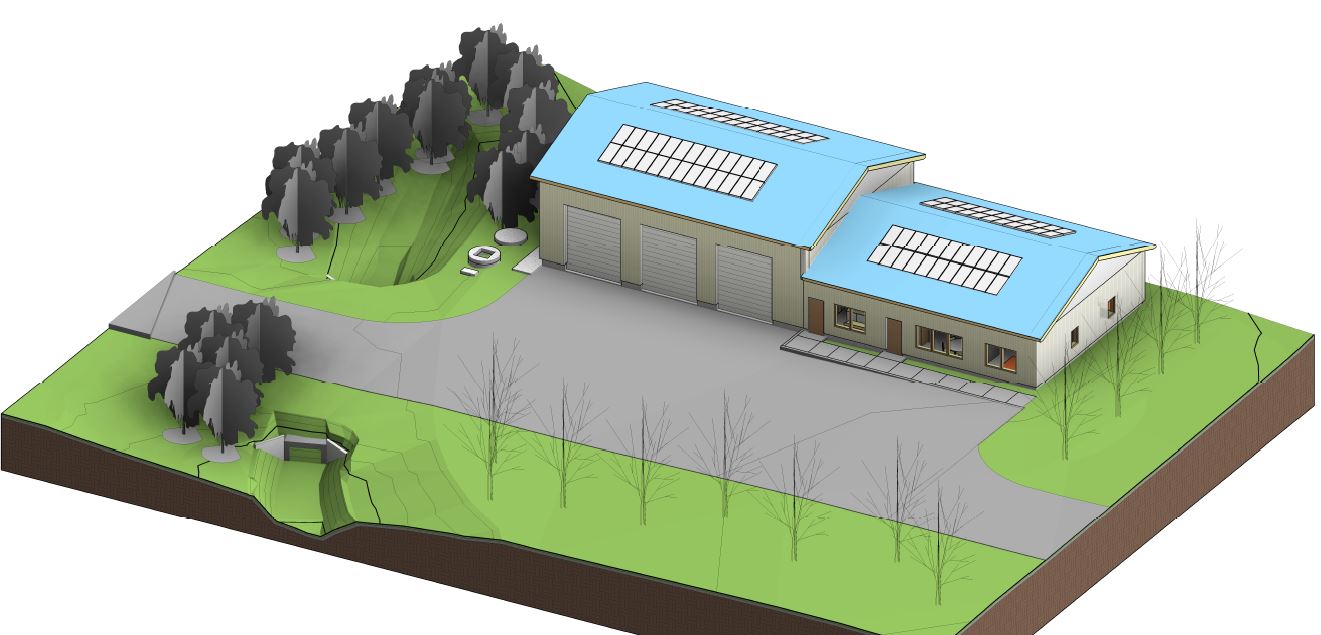Kathryn Dziadowicz is a structural engineer out of our Portsmouth office by day and artist in her free time, selling her handmade pieces in local stores and markets. Creativity and design are big parts of both artistic expression and engineering solutions, so Kathryn has answered some questions for us as we explore the connection between art and engineering.
- How did you go about starting your art business?
Going into senior year of high school, I was faced with the choice to either take advanced placement studio art or principles of engineering for my final elective since both courses took place during the same period. Since I wanted to go into the engineering field, I took the engineering course and loved it. Fast forward to the summer going into my senior year of college, and I hadn’t picked up a paintbrush in four years.
One day after looking around on the internet, I saw an acrylic pouring video on the internet and I was hooked. I went to grab supplies that night and turned my college bedroom into a makeshift studio. After a few months working on pours, I discovered resin. When cured, the two-part mixture creates a glass-like finish. It was unlike anything I was ever exposed to before.
Between the acrylic pours, resin pieces, and sketches, there wasn’t a bare spot on my walls. My roommate at the time gave me a nudge and tagged me in a post for a student-only craft fair at UNH; the next thing I knew, I was selling at my first craft fair. What started as a hobby has now allowed me to travel across New England to participate in multiple markets and have my work featured in several stores and hundreds of peoples’ homes. It’s so surreal to think about how it all began.
- What is the process for your art?
I begin by taping off the surface where I don’t want resin to adhere to. Each piece is then base coated with acrylic paint to resemble the colors of the ocean, which is the source of inspiration for my work. Then all of the pieces are individually leveled on my worktable (not the easiest task when you live in a home built in the 1800s.) Then I apply the resin, I add white pigment to a portion of the piece to blow out with a heat gun to resemble waves. This process is repeated several times over the next several days until the piece has the desired amount of depth and has a finish free of microparticles. After fully curing for 72 hours, each piece is de-taped, sanded, stamped and hung.
When a new project comes along, the big picture is usually the first thing that is looked at. Before diving into a project, it is key to properly understand the clients’ goals and what the project objective is. Site constraints, schedule and budget are important factors to understand the nuances of each project.
For most of the projects I have been involved in, I am the project representative for construction oversite. Before going onto site, I try to memorize as much of the plans as I can, review the quantities, and develop a plan for site visits. Once on site, I serve as the eyes and ears for the client to ensure the project is built as intended.
In my opinion one of the most important parts of oversite is coordination with the design team which allows me to understand why certain design elements were chosen and the thought process behind the design. Communication with other team members is one of my favorite aspects of the entire engineering process; everyone always has something to bring to the table and it goes to show how much more there is to learn.
- Describe a project that you’ve done with Hoyle, Tanner where your artistic and technical knowledge overlapped?
Last summer while on a bridge rehabilitation project, we had called out elastomeric concrete along an expansion joint replacement. The contractor had never used the material before, but after reading the product data sheet, I realized that a key component of the material being used was epoxy resin. It was a really a full circle experience for me, my knowledge from working with resin for art applied directly to the elastomeric concrete application. I was able to relay my knowledge about surface preparation, the components of the mixture, and the exothermic reaction that occurs to the contractor.
- Is there a reason you are drawn to resin?
Engineering is extremely left-brained; it’s technical, strategic and practical. For the most part artwork is right-brained, it is imaginative, subjective and whimsical. I think part of the reason I am drawn to resin is because it allows me to use science in art. Epoxy has numerous technical factors such as mix ratios, temperature requirements, and air percentage. These factors allow the two-part solution to create a chemical reaction turning viscous materials into a solid compound. When working with resin, one of the most critical aspects is timing; after the mix of the two parts are complete, there is a window of approximately 45 minutes before the resin begins to solidify. The style of the piece, amount of air bubbles present, and viscosity of the resin varies every five minutes during that working time. The whole reaction is fascinating to me: There are so many elements you need to be precise with, but at the same time, certain aspects such as the white waves added into ocean pieces are left up to chance based on how the resin flows. For me, it’s a perfect balance of the right and left sides of my brain.
Engineering and art both offer precision and creativity, though they manifest in different end aesthetics and purposes. With her passion for art and her appreciation of science, we see the overlap of these two practices through Kathryn. Find one of her online shops here – https://www.etsy.com/shop/KDziadowiczArt










